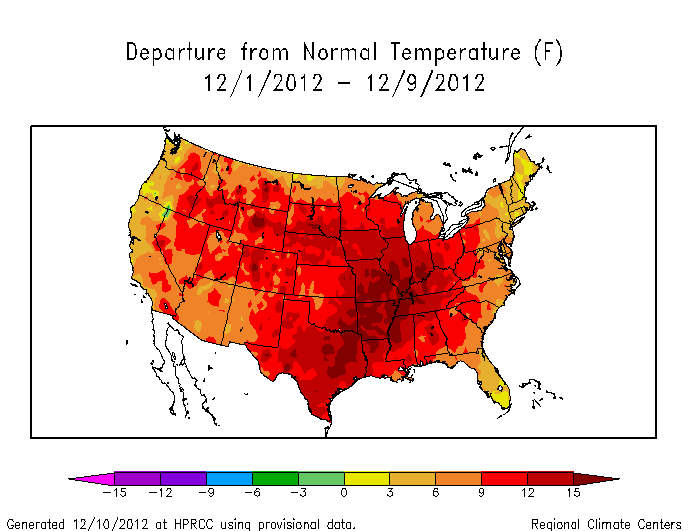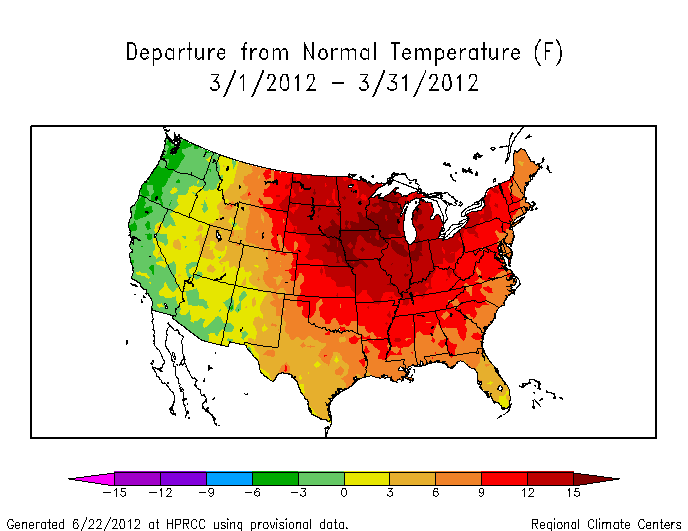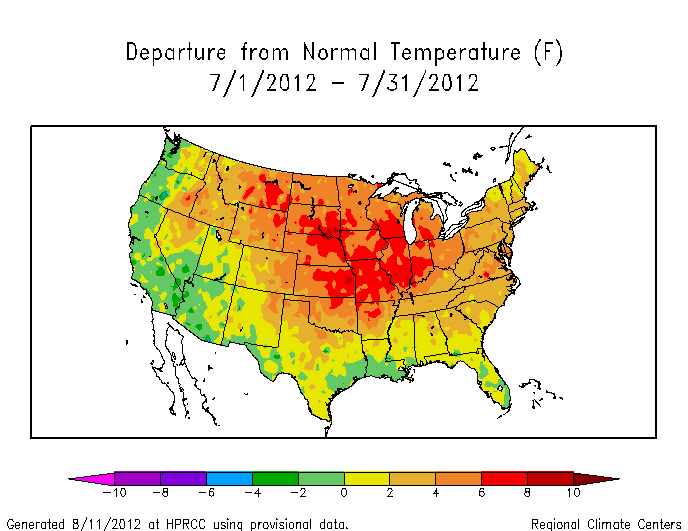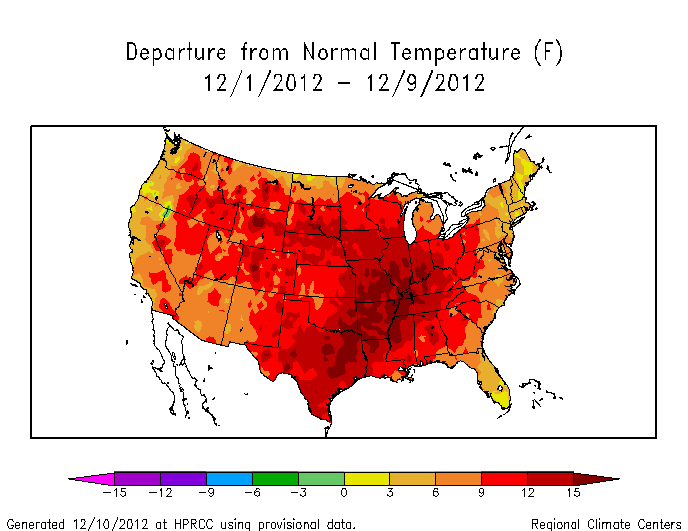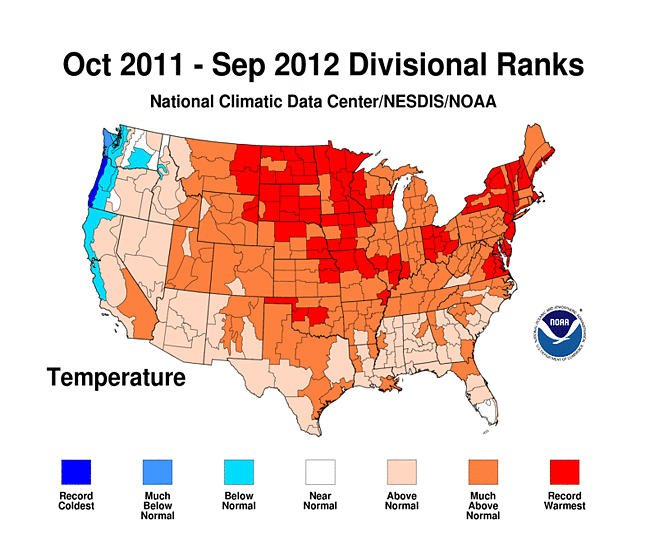Many in North Carolina are aware of the move in the energy industry from coal to natural gas (example 1, and others from photos with telling captions at example 2, example 3, example 4, etc.). Fracking has opened up a huge reserve of natural gas, driving down consumer costs and keeping the individual happy while essentially ignoring the larger health and environmental costs to society down the line. Leave that part alone and focus on coal. The US mines coal, but what is the incentive for continued mining? Certainly it is not for the sake of communities and ecosystem as discussed in another sobering study about the true costs of a very dirty form of energy. Glancing at the Washington Post this morning reveals why coal is still being mined in the US, and hints about why there is no monetary incentive to slow frakking in the US. Here’s the article. One part of the article says
Europe’s use of the fossil fuel spiked last year after a long decline, powered by a surge of cheap U.S. coal on global markets and by the unintended consequences of ambitious climate policies that capped emissions and reduced reliance on nuclear energy.
This is a worrying development that is happening in response to two things: 1. US fracking for natural gas driving down US coal prices and 2. A country that shuts down old nuclear plants in response to the disaster in Japan. Neither 1 or 2 by itself is a problem, but the far-reaching impacts of violently tearing into the world are something are completely ignored by industries and by the consumers that demand low-cost energy sources. Economics is trumping common sense. Another quote from the articles is
Demand for coal in Germany has been rising since a May 2011 move to phase out nuclear power by 2022. The shutdown was spurred by the nuclear meltdown at the Fukushima Daiichi plant in Japan as well as long-standing German concerns about safety. But nuclear energy, which is low in greenhouse gas emissions, has been partially replaced by brown coal. Lignite supplied 25.6 percent of Germany’s electricity in 2012, up from 22.7 percent in 2010. Hard black coal supplied an additional 19.1 percent last year, and it was also on the rise.
The economy will likely improve (in the US and Europe in the case of the Washington Post article), and as the article points out, US carbon emissions from electricity generation are down to 1992 levels, but my studies of the climate system as I prepare for teaching reveal that this is likely a short-term benefit with long-term costs. Global warming is still global, and global carbon emissions are what matter. Global carbon emissions continue to increase, as described in this source. Google ‘global carbon emissions’ for many more groups tracking or discussing carbon. The simple evidence suggests that carbon-based energy is nowhere close to leaving the scene.
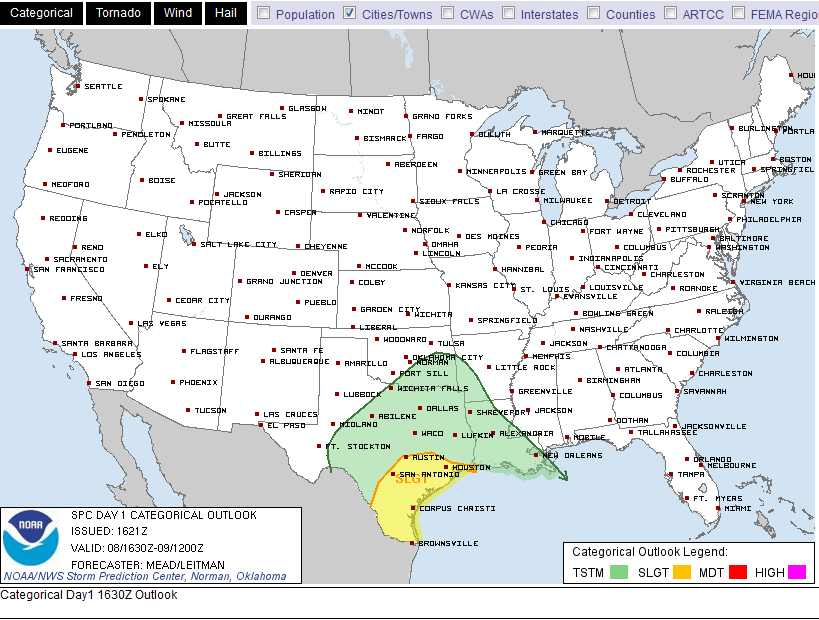
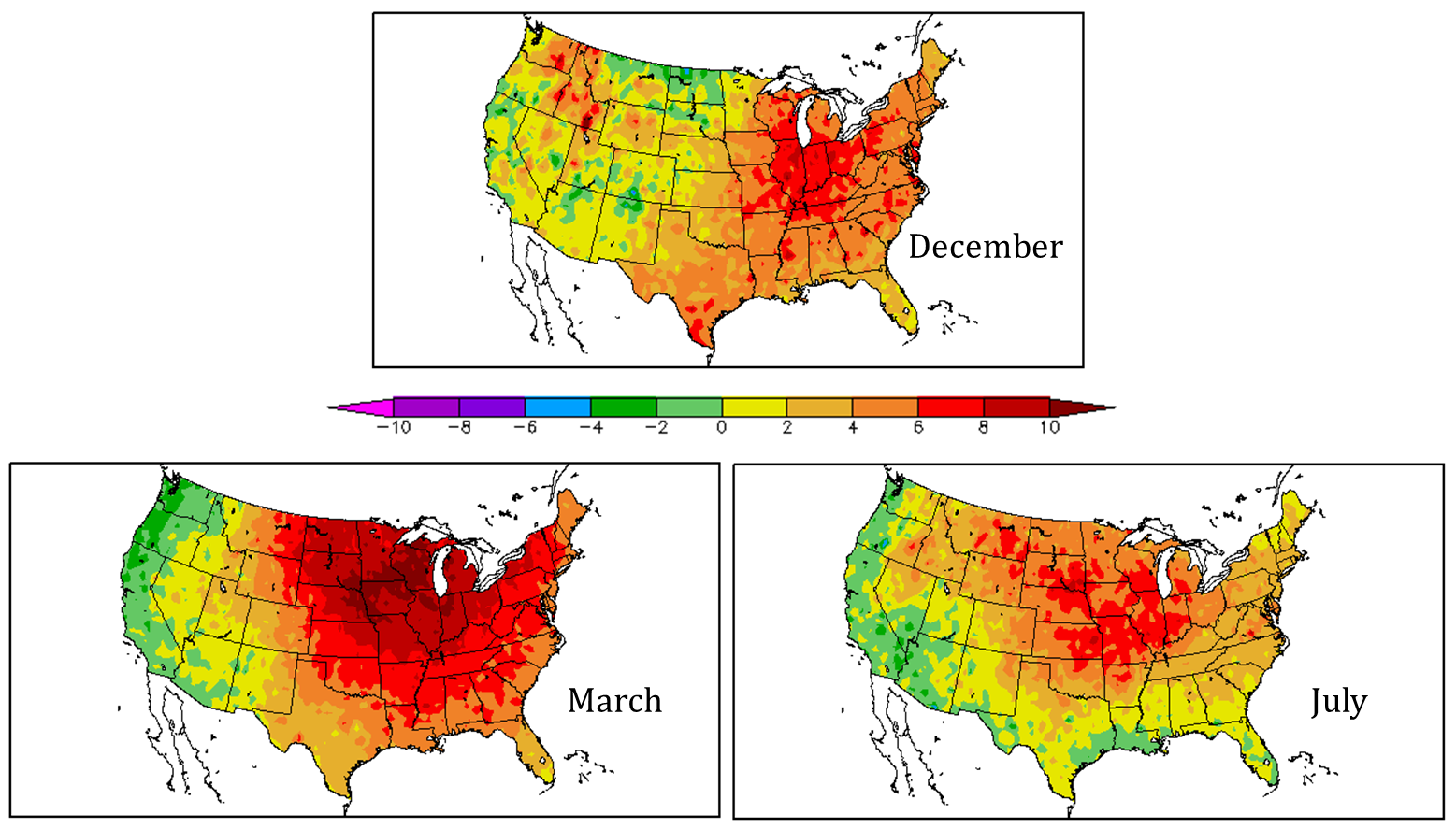 Usually
Usually 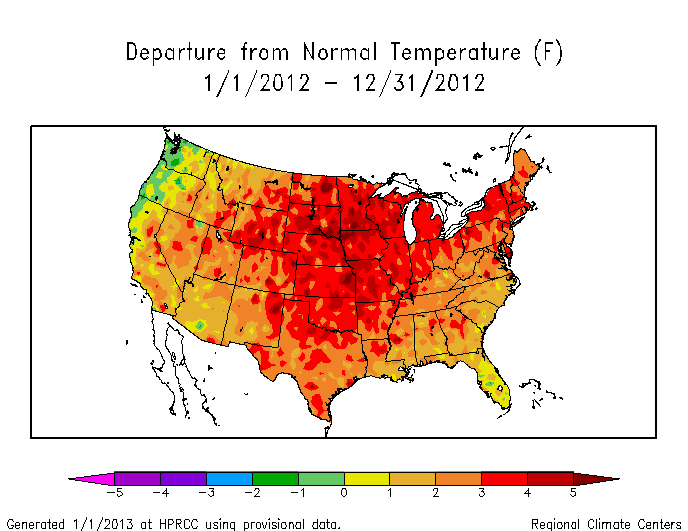 Again, this is a qualitative analysis, but remember from
Again, this is a qualitative analysis, but remember from 